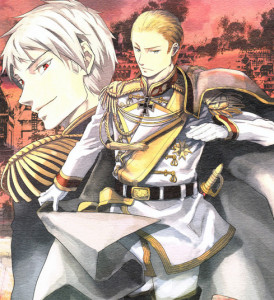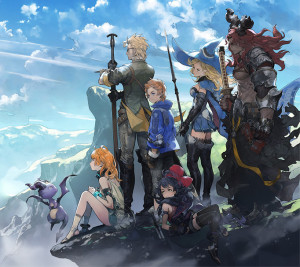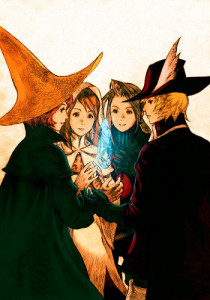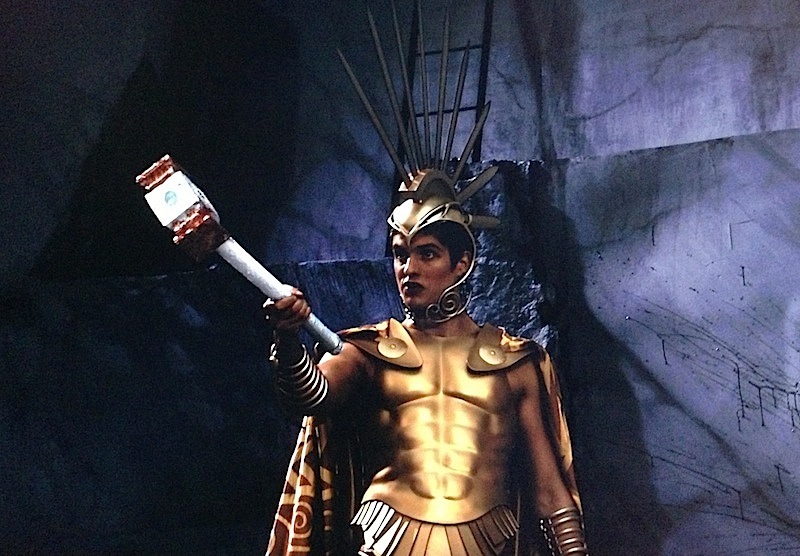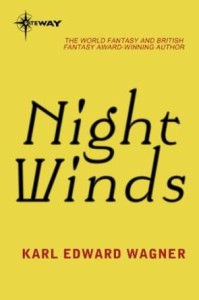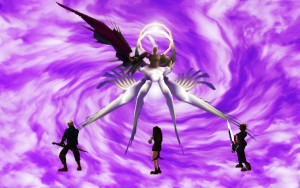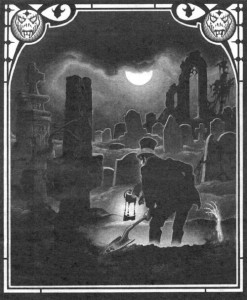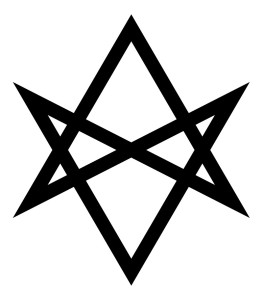
Adapted from Wikipedia
Several times over the past few years I have tried to create a Diablo style loot and gear generator that would work elegantly with a traditional tabletop fantasy game. This is hard, and I have not yet come up with something that I find satisfying. It is hard largely because I feel torn between writing something overly general and something overly specific. Ideally, such a generator should interface with the setting monsters, but then those need to be nailed down and the generator becomes less useful to any other setting that deviates from the setting implied by those monsters. That realization leads to a turn back toward generality, which tends to be too schematic and not particularly atmospheric.
VRA 1 mentioned the old 3E era tabletop supplement Diablo II: Diablerie which has such a generator. It is actually not bad. The prefix-item-suffix approach has potential and the volume of content alone is enough to create interesting sounding item names. Many (though not all) of the attached mechanics, however, are mostly just numerical inflation. Bonuses to attack, bonus HP, etc. It could be used, but would require so much at the table ruling and interpretation that it almost does not feel worth it.
So I have decided to try approaching the problem from a different angle. Rather than building the generator beforehand, instead I will build a game system that will build such a mechanism naturally as the campaign progresses. This sidesteps the problem of bland generalness versus specific atmospherics completely. The first time a component such as a mineral or monster part is used for crafting, a particular augmentation becomes associated with that component. Augmentations can either be taken from a list of examples or improvised using that list as guidelines to appropriate power levels. Harvesting monster parts takes one Dungeon Turn. The material and augmentation will also be added to the general gear generator table. I still sense a small amount of hand-waving here, but I think this is close enough to a workable mechanism that the remaining details will naturally reveal themselves through play tests. I can see this easily applying without fuss to just about anything, even things like gems, leading to an interesting gamble: sell that ruby for coin, or have it forged into some piece of gear?
Power inflation should be possible to keep in check through a combination of the always operative gear degradation rules (all items not made of adamant still have at least a 5% chance of being damaged during use depending on quality rating) and abilities that refresh only during haven turns. For example, I could see adding a lightning burst augmentation which would allow an adventurer to add a die of lightning damage to one successful attack per excursion.
Crafting is something you pay a Haven NPC to do for you during a Haven Turn. Though I would not say no to a player that wanted to take a crafting Expert Skill such as Smith or Brew, I am not going to include it as an option in the text because 1) I suspect (though am not sure) that it would feel suboptimal compared to skills usable within a dungeon and 2) really I am not trying to write Shopkeepers & Spreadsheets.
Specifically (now for the player-facing Haven rules):
Smithy
Repair: To repair a Damaged item, pay a smith 1d6 × 10 coins. Once a particular repair cost has been determined, it will not change on subsequent Haven Turns.
Forge: To forge a weapon or piece of armor from special materials, pay 1d6 × 100 coins and consume the materials.
Alchemist
Brew: To brew a concoction from special materials, pay 1d6 × 100 coins and consume the materials.
Smiths and Alchemists can each carry out up to 1d6 tasks per Haven Turn.

